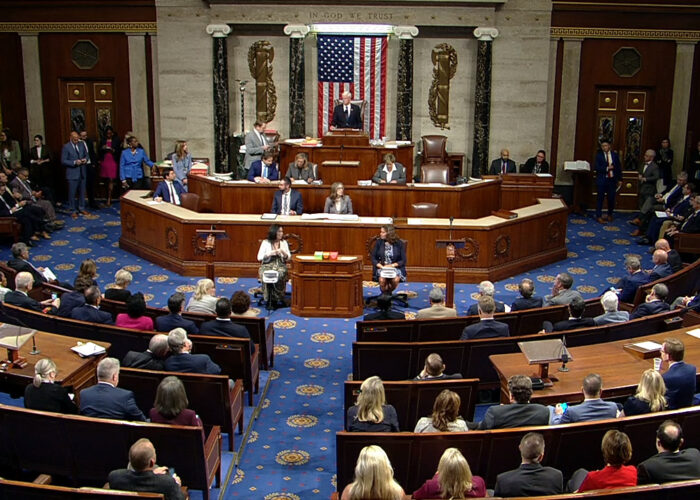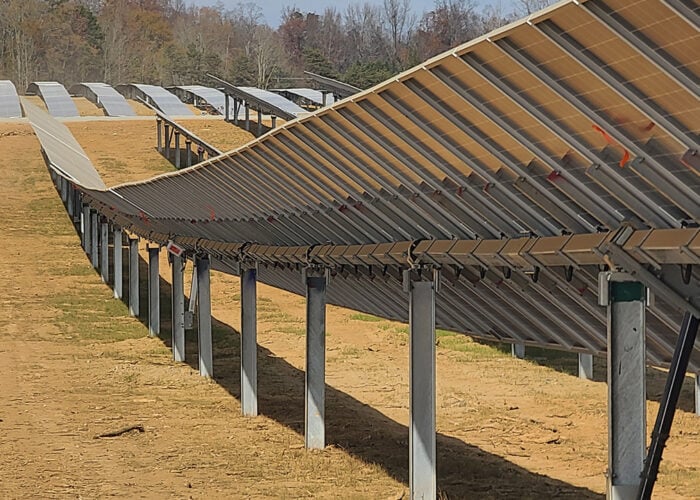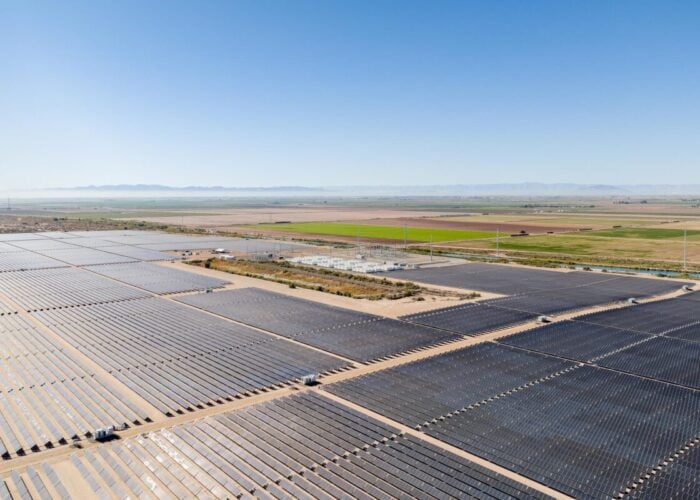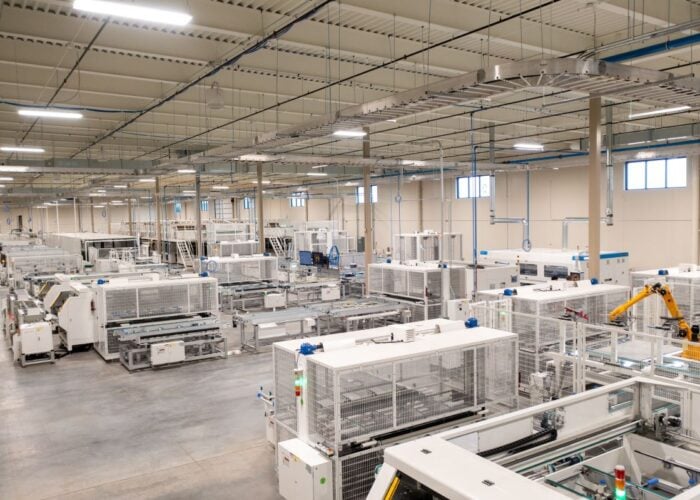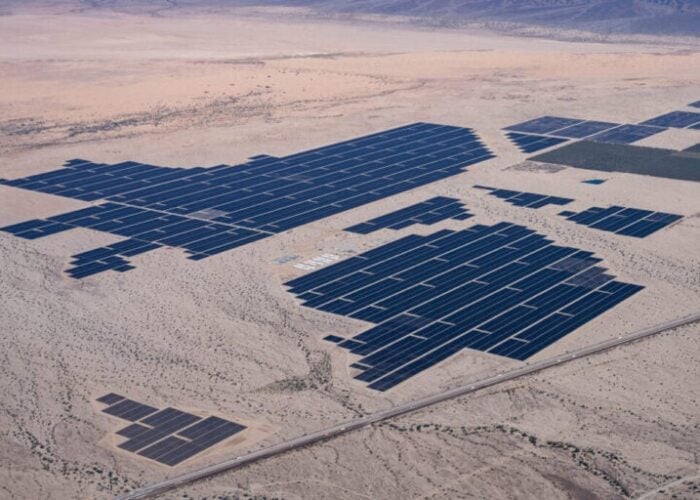
The approach of next year’s Republican administration has raised concerns about the future of the Inflation Reduction Act (IRA) and its clean energy tax credits in the US, which have been crucial in expanding the country’s domestic solar industry, both upstream and downstream.
However, Carl Fleming, a partner at law firm McDermott Will & Emery, tells PV Tech Premium that the IRA is now a well-established law, backed by major corporations generating substantial returns. Additionally, most clean energy projects are in Republican states, and foreign interest in forming joint ventures (JVs) or investing in the US under the IRA framework is growing despite the election outcome.
Unlock unlimited access for 12 whole months of distinctive global analysis
Photovoltaics International is now included.
- Regular insight and analysis of the industry’s biggest developments
- In-depth interviews with the industry’s leading figures
- Unlimited digital access to the PV Tech Power journal catalogue
- Unlimited digital access to the Photovoltaics International journal catalogue
- Access to more than 1,000 technical papers
- Discounts on Solar Media’s portfolio of events, in-person and virtual
Fleming and his team, which has closed over 100 post-IRA structured deals, remain optimistic about the IRA’s stability despite uncertainty about potential attempts at partial or complete repeal during Donald Trump’s second term and possible modifications to certain provisions.
‘I don’t foresee the IRA being taken down’
“This is a law that has been in place for two years now and has been relied on not just by renewables developers, but large investment banks, large private equity funds, and a tonne of corporate Fortune 100 companies through the transferability mechanism,” says Fleming.
“So, despite some rhetoric suggesting otherwise, I don’t foresee the IRA being taken down in whole and dismantled.”
According to Fleming, policies yet to be implemented, such as electric vehicle (EV) and hydrogen credits, face greater risk of being altered or delayed. In contrast, sectors including solar, wind and storage have already attracted significant investments from many entities, and are generating strong returns.
Fleming highlights that major IRA investors are politically agnostic, basing decisions on favourable market dynamics rather than political party lines.
“I have several leading clients in the energy sector where every single project they’re currently doing is in a Republican state, not by political design but just by the nature of the work they do and the market opportunities for their technology,” Fleming adds.
Fleming also notes the local benefits of renewable energy projects, such as tax revenues supporting schools, which have gained the approval of state and county legislators.
Foreign investors remain keen
Fleming continues to see strong interest from foreign companies seeking to establish domestic supply chains in the US, form partnerships or enter joint ventures. These companies are drawn by attractive tax incentives, which remain more generous than those offered in other markets.
The sustained interest suggests confidence in the ability of the IRA to remain in law. However, debates continue over how change-in-law mechanisms would be triggered or applied. In many cases, affected parties reach internal agreements; for instance, McDermott often acts as tax counsel to resolve disputes when tax incentives face repeal or changes.
Fleming adds that recent outreach to clients has revealed continued interest among foreign investors, with many requesting discussions and analyses of the election results. There is a perception of US market robustness by foreign companies that has not only endured, but even increased, since the elections.
Corporates play a crucial role, advancing US renewable energy in three main ways:
- As off-takers. Large corporations, particularly in the tech sector, serve as off-takers of renewable energy.
- Through tax credit transfers. Fortune 500 companies enter the market by purchasing tax credit transfers, providing additional capital to renewable energy developers. McDermott has facilitated around 80 of these transfers so far, with activity typically increasing in the fourth quarter.
- As tax equity investors. Some corporates directly invest in clean energy projects as tax equity investors, including tech giants, global coffee chains, industrial firms and food companies. These investments go beyond fulfilling environmental, social and governance (ESG) mandates, reflecting a deeper commitment to the renewable energy landscape.
“To come in and actually invest in a project, that’s where some of these companies have said they want to be part of the renewable energy project landscape,” Fleming explains. “That continues to increase, and you see more corporates going this way because they see the returns on these projects.
“They’ve gotten savvier and now understand the markets or have done a couple of deals prior. They are continuing to do more deals with the same developers that they trust, but also, enter different arrangements with other developers based on a growing body of knowledge on how these projects really operate.”
Is the 45X manufacturing tax credit safe?
Last month, two US representatives proposed a resolution to suspend IRS regulations related to the 45X Advanced Manufacturing Production Tax Credit (PTC), a key provision of the IRA that supports clean energy manufacturing in the US.
Fleming describes the 45X as a “big credit” designed to establish a domestic supply chain by promoting US-made materials, labour and manufacturing facilities for clean energy equipment under the stamp of ‘made in America’.
The resolution would need approval from both the House and the Senate, followed by Trump’s endorsement, making its passage uncertain.
“Over the history of the IRA, there’s been around 50 different attempts to either suspend, repeal or amend the IRA around these credits, so I’m not entirely surprised,” says Fleming. “You’ll probably see more and more of this kind of discussion, whether it’s posturing or legitimate efforts to enact this.”
Some critics view the IRA as a subsidy for global competitors. However, Fleming, who has worked as an advisor to the Obama, Trump and Biden administrations, emphasizes that the IRA has brought substantial investment into the US, created jobs for American workers and generated tax revenue. Moreover, scaling back such projects would harm underserved communities and states, where large gigawatt-scale facilities have been established with the promise to create thousands of jobs and millions in revenue.
On a similar note last month, Wood Mackenzie director of energy transition practice, David Brown, said that a Trump administration “will not change” demand for solar PV in the US in the ‘near term’.

